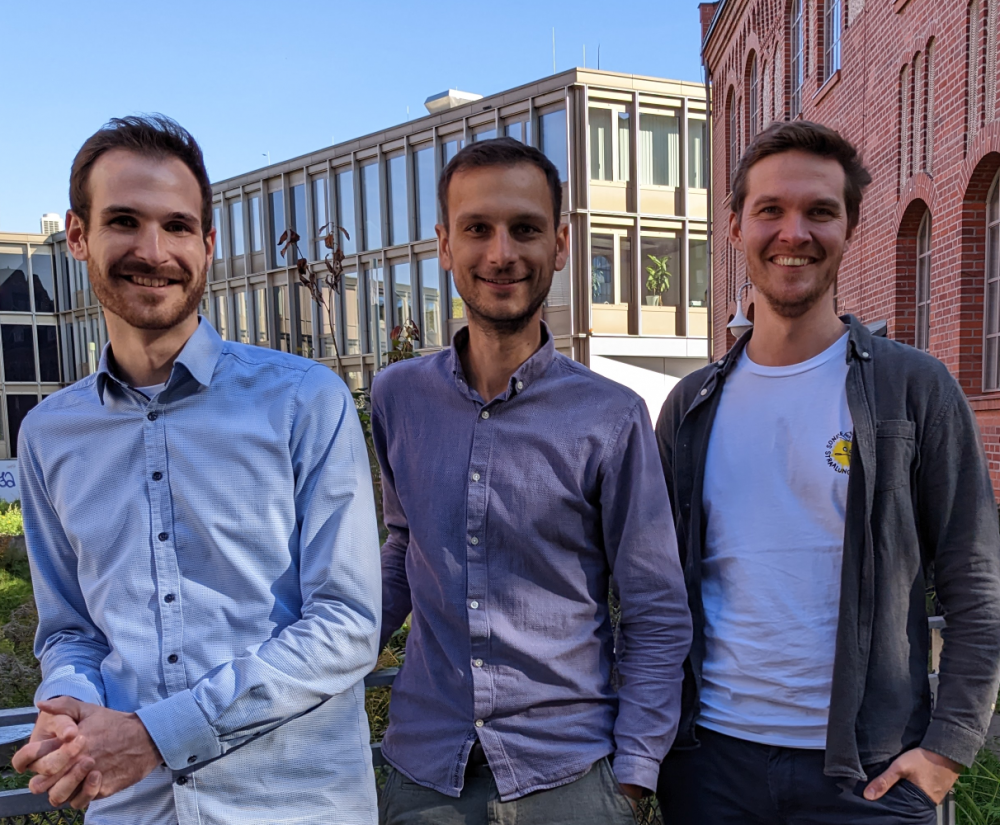The energy market is in upheaval – renewable energies are booming, subsidy programs for solar systems, heat pumps and e-vehicle charging stations are causing a massive increase in connection requests. With the innovative retoflow cloud software, energy grid operators can check applications automatically and efficiently, model and simulate electricity and pipe grids across sectors and plan for the long term. The user-friendly program was developed by the startup of the same name, retoflow GmbH – a spin-off of the Fraunhofer Institute for Energy Economics and Energy System Technology IEE.

Anyone wishing to purchase a photovoltaic system, a heat pump or a charging station for an electric car must contact their energy grid operator. The latter checks whether the connection to the municipal grid is possible. Previously, this was done manually, which was time-consuming. With retoflow, network operators now have software that automates the connection check process and thus significantly simplifies and accelerates the procedure. The system is used to create a digital twin of the fully digitized energy grid. If the connection of a new system is planned, this can be simulated at the touch of a button. The web-based platform retrieves the relevant grid data, tests the effects on the various grid levels as well as the technical feasibility and checks whether a corresponding expansion would be necessary.
The retoflow software was developed by Leon Thurner and his colleagues Jannis Kupka and Simon Drauz-Mauel, three scientists who laid the foundations for their software with the pandapower and pandapipes tools at the Fraunhofer IEE in Kassel. In 2021, the team decided to spin off the company together with colleagues from the University of Kassel. The spin-off was supported and accompanied by the AHEAD program, a Fraunhofer start-up initiative. The company now has eight employees.
Increase in connections increases exponentially with the energy transition
“The current connection process is lengthy because it is done manually. It can take weeks for the network operator to respond. Our software, on the other hand, automatically checks the connection options for PV systems in private households and PV parks, e-charging stations, heat pumps and household electricity in real time,” says Dr. Leon Thurner, CEO at retoflow. “With the energy transition, the number of inquiries increased exponentially. Even a small municipal utility receives over a thousand inquiries a year and would have to hire many new specialists to process the requests. With retoflow, network operators and municipal utilities can save resources and counteract excessive demands on employees. Some pilot customers are already using the program successfully: Stadtwerke Fürstenfeldbruck, Netze BW and BS Netz are already benefiting from the automation algorithms.
retoflow for the strategic long-term planning of networks
In addition, retoflow is designed for the long-term planning of electricity grids and pipe networks. This is achieved with the help of a metaheuristic that generates proposals for future network configuration and planning and makes recommendations for the construction or dismantling of lines, for example. All supply lines can be displayed in overview mode and the network model is clearly displayed right up to the last house connection. Overloaded cables are displayed, as are possible future cable routes. Routing, line utilization, voltage differences and other technical parameters are calculated in real time by retoflow, which also calculates the costs incurred. The idea for the software came from the open source programs pandapipes (pandapipes.org) and pandapower (pandapower.org), which the engineer developed together with several scientists at Fraunhofer IEE and the University of Kassel. The two tools are downloaded in large numbers worldwide.
Coupled consideration of electricity, gas and heating networks
retoflow runs in the cloud, but can also be hosted on site by the network operator. The software is currently designed to model electricity grids. However, Thurner and his team also want to expand the software for planning gas and heating networks. “The calculation algorithms required for this come from the Fraunhofer universe and the University of Kassel. We at retoflow take care of the interface and the software solution,” explains the researcher. “At the moment, grid operators and municipal utilities are still treating the energy transition technologies separately. However, as sector coupling progresses, electricity, heating and gas grids are increasingly being combined and merged. We support this development with retoflow and offer comprehensive planning for the various sectors together.”
Picture above: The retoflow founders (from left) Jannis Kupka, Leon Thurner and Simon Drauz-Mauel. Photo:

